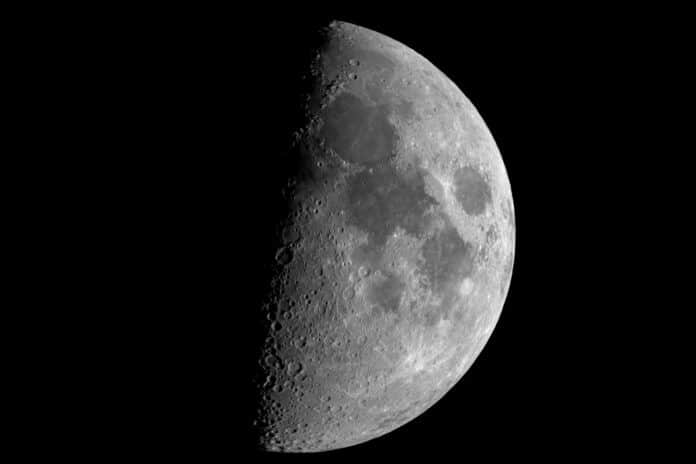Scientists from the U.S. Naval Research Laboratory (NRL) have made an exciting discovery in lunar samples. They discovered solar-wind hydrogen in lunar samples, indicating water on the Moon could be a valuable resource for future lunar bases and space exploration missions.
NASA-funded research mission sent lunar soil samples from Apollo to NRL scientists for analysis and testing. Under the direction of experts in NRL’s Materials Science and Technology Division, the research team keeps examining samples from the lunar surface and asteroids to learn more about space weathering—the process by which surfaces interact with the environment.
Scientists used transmission electron microscopy to analyze Apollo lunar soil 79221. The analyses reveal solar-wind hydrogen concentrated in vesicles as molecular hydrogen in the calcium-phosphates apatite and merrillite.
Dr. Katherine D. Burgess, geologist in NRL’s Materials Science and Technology Division, said, “Hydrogen has the potential to be a resource that can be used directly on the lunar surface when there are more regular or permanent installations there.”
“Locating resources and understanding how to collect them before getting to the Moon will be incredibly valuable for space exploration.”
“This is the first time scientists have demonstrated detection of hydrogen-bearing species within vesicles in lunar samples. Previously, the same team at NRL used state-of-the-art techniques such as scanning transmission electron microscopy and electron energy loss spectroscopy to detect helium in lunar samples, and other researchers have found water in other planetary samples, but this is the first publication to show hydrogen in-situ in lunar samples.”
Journal Reference:
- Burgess, K.D., Cymes, B.A. & Stroud, R.M. Hydrogen-bearing vesicles in space weathered lunar calcium-phosphates. Commun Earth Environ 4, 414 (2023). DOI: 10.1038/s43247-023-01060-5
